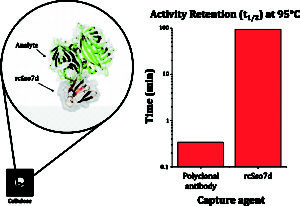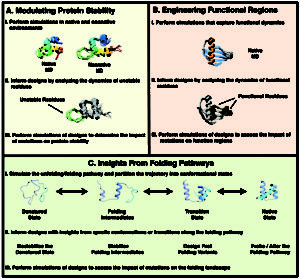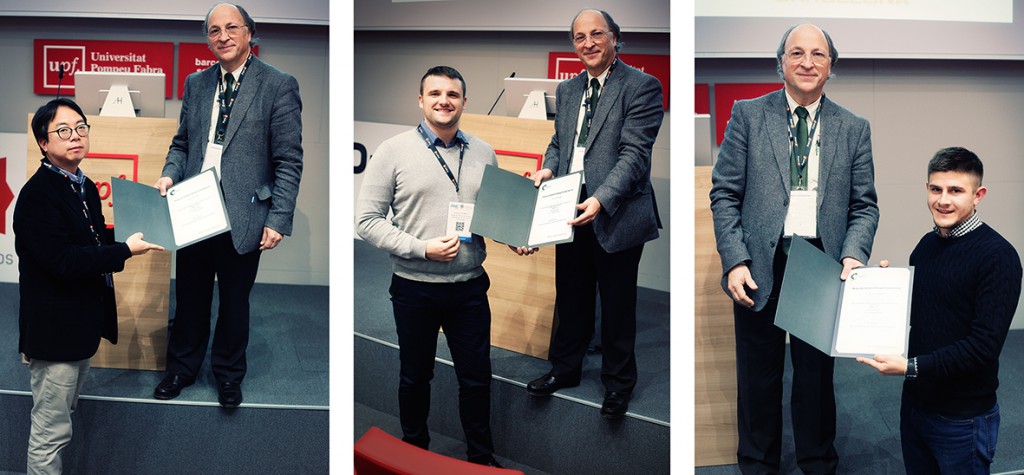As part of International Women’s Day, we would like to take the opportunity to celebrate research led by women and published in Molecular Systems Design & Engineering. With a big thank you to these researchers, and to all women that have contributed to work published in the journal, we encourage you to read their excellent work!
- Professor Heidi Mansour, University of Arizona, USA and Advisory Board member for Molecular Systems Design & Engineering
Microparticulate/nanoparticulate powders of a novel Nrf2 activator and an aerosol performance enhancer for pulmonary
delivery targeting the lung Nrf2/Keap-1 pathway
Priya Muralidharan, Don Hayes, Stephen M. Black and Heidi M. Mansour
Mol. Syst. Des. Eng., 2016, 1, 48-65
DOI: 10.1039/C5ME00004A
Solid-state respirable particle engineering design, physicochemical characterization, & in vitro aerosolization of advanced microparticulate/nanoparticulate dry powder inhalers targeting the lung Nrf2/Keap-1 pathway.
Deracemisations under kinetic and thermodynamic control
A. R. A. Palmans
Mol. Syst. Des. Eng., 2017, 2, 34-46
DOI: 10.1039/C6ME00088F
Various methods of deracemising mixtures of enantiomers are discussed that permit to isolate one of the enantiomers in essentially quantitative yield.
Activity-based assessment of an engineered hyperthermophilic protein as a capture agent in paper-based diagnostic tests
E. A. Miller, M. W. Traxlmayr, J. Shen and H. D. Sikes
Mol. Syst. Des. Eng., 2016, 1, 377-381
DOI: 10.1039/C6ME00032K
The minimalist protein scaffold rcSso7d is endowed with a non-native analyte-binding face and assessed as an alternative to antibodies in an in vitro point-of-care diagnostic test format.
Engineering affinity agents for the detection of hemi-methylated CpG sites in DNA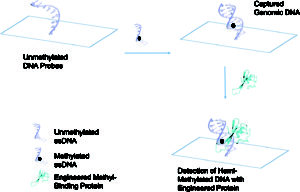
B. E. Tam, K. Sung and H. D. Sikes
Mol. Syst. Des. Eng., 2016, 1, 273-277
DOI: 10.1039/C6ME00073H
A methyl-binding domain protein was engineered to bind to hemi-methylated DNA and tested in a biochip-based methylation detection assay.
Molecular engineering of cyanine dyes to design a panchromatic response in co-sensitized dye-sensitized solar cells
Giulio Pepe, Jacqueline M. Cole, Paul G. Waddell and Scott McKechnie
Mol. Syst. Des. Eng., 2016, 1, 86-98
DOI: 10.1039/C6ME00014B
Cyanines are optically tunable dyes with high molar extinction coefficients, suitable for applications in co-sensitized dye-sensitized solar cells (DSCs); yet, barely thus applied.
Molecular engineering of fluorescein dyes as complementary absorbers in dye co-sensitized solar cells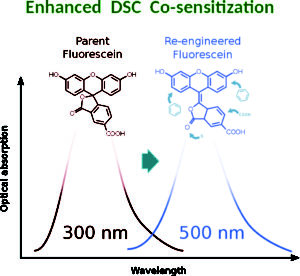
Giulio Pepe, Jacqueline M. Cole, Paul G. Waddell and Joseph R. D. Griffiths
Mol. Syst. Des. Eng., 2016, 1, 402-415
DOI: 10.1039/C6ME00075D
Fluoresceins are molecularly engineered to extend their optical absorption to lower wavelengths, allowing their use in dye co-sensitized solar cells.
Rationalizing the suitability of rhodamines as chromophores in dye-sensitized solar cells: a systematic
molecular design study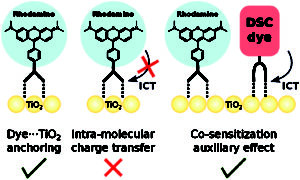
Giulio Pepe, Jacqueline M. Cole, Paul G. Waddell and James I. Perry
Mol. Syst. Des. Eng., 2016, 1, 416-435
DOI: 10.1039/C6ME00076B
Rhodamines are analyzed to judge their suitability in dye sensitized solar cells, revealing their predominant auxiliary role with DSC-functional co-sensitizers.
Hierarchical design of synthetic gel composites optimized to mimic the impact energy dissipation response of brain tissue
Bo Qing and Krystyn J. Van Vliet
Mol. Syst. Des. Eng., 2016, 1, 290-300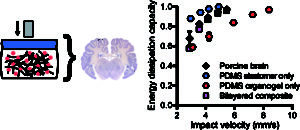
DOI: 10.1039/C6ME00051G
Bilayered polymer design significantly enhances mechanical tunability, allowing the composite to replicate the impact energy dissipation response of brain tissue.
The construction and application of Markov state models for colloidal self-assembly process control
Xun Tang, Michael A. Bevan and Martha A. Grover
Mol. Syst. Des. Eng., 2017, 2, 78-88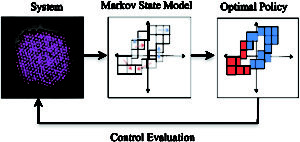
DOI: 10.1039/C6ME00092D
Markov state models have been widely applied to study time sequential events in a variety of disciplines.
Insights from molecular dynamics simulations for computational protein design
Matthew Carter Childers and Valerie Daggett
Mol. Syst. Des. Eng., 2017, 2, 9-33
DOI: 10.1039/C6ME00083E
A grand challenge in the field of structural biology is to design and engineer proteins that exhibit targeted functions.
Design of block copolymer membranes using segregation strength trend lines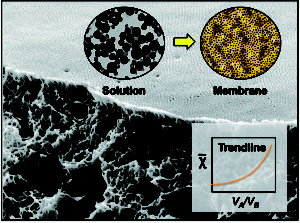
Burhannudin Sutisna, Georgios Polymeropoulos, Valentina Musteata, Klaus-Viktor Peinemann, Apostolos Avgeropoulos, Detlef-M. Smilgies, Nikos Hadjichristidis and Suzana P. Nunes
Mol. Syst. Des. Eng., 2016, 1, 278-289
DOI: 10.1039/C6ME00033A
A trend line method to facilitate the design of new block copolymer membranes, based on self-assembly and non-solvent induced phase separation is proposed.
Enabling method to design versatile biomaterial systems from colloidal building blocks
S. Saxena and L. A. Lyon
Mol. Syst. Des. Eng., 2016, 1, 189-201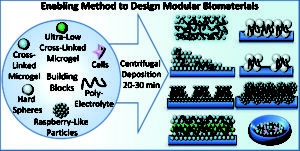
DOI: 10.1039/C6ME00026F
Soft microgels, hard spheres, and live cells can be centrifuged with polyelectrolytes to develop complex biomaterial systems.
Comments Off on Celebrating International Women’s Day in MSDE
 Imperial College London’s Institute for Molecular Science and Engineering are holding their Annual Stakeholder event on the 20th April, to showcase IMSE’s convergence-style research & celebrate their new briefing paper series. Guests will be from the College, industry, research councils and beyond, and this will be an excellent opportunity to make new connections and catch up with colleagues.
Imperial College London’s Institute for Molecular Science and Engineering are holding their Annual Stakeholder event on the 20th April, to showcase IMSE’s convergence-style research & celebrate their new briefing paper series. Guests will be from the College, industry, research councils and beyond, and this will be an excellent opportunity to make new connections and catch up with colleagues.











